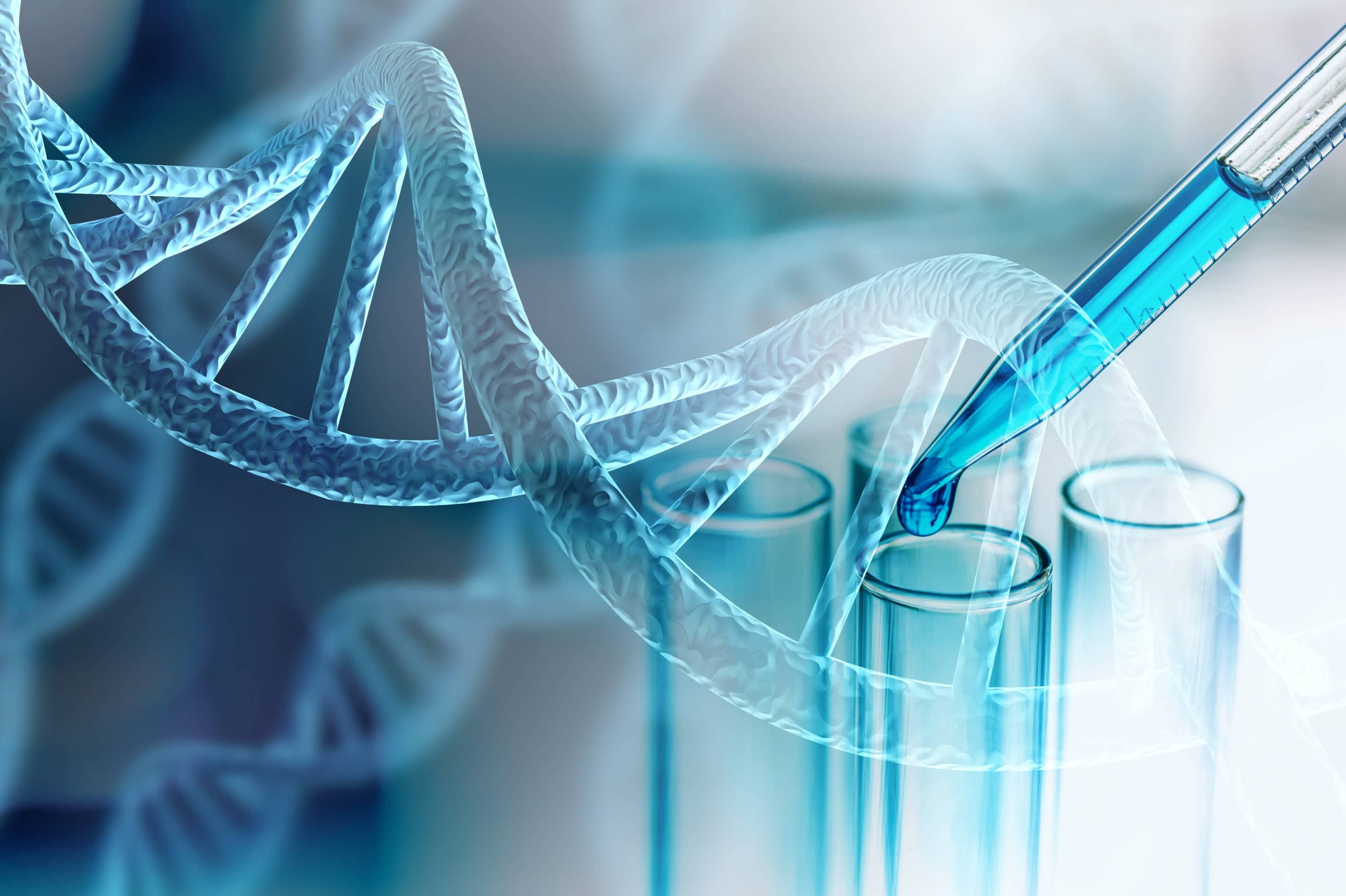Diagnostic tests that rely on a naturally occurring phenomenon patent eligible in Australia
On 18 June 2021, the Full Court of the Federal Court confirmed in Ariosa Diagnostics, Inc v Sequenom, Inc [2021] FCAFC 101 that a method of detecting cell-free foetal DNA (cffDNA) in pregnant women, permitting non-invasive prenatal diagnosis, is patent eligible subject matter in Australia. This is a significant decision given that in the US the same subject matter was found to be ineligible for patent protection because it covered a natural phenomenon.
Background
The invention described in Australian Patent No 727919, in the name of Sequenom, Inc., demonstrated surprisingly that the cell-free fractions of a pregnant woman’s blood contain high levels of cell-free fetal DNA (cffDNA). Conventionally, this portion of the plasma or serum was discarded as medical waste. This ground-breaking discovery led to the development of a non-invasive method to determine fetal traits and malformations, such as Down syndrome. Ariosa Diagnostics Inc (Ariosa), conducts, and licenses others to conduct, a non-invasive prenatal diagnosis test, “Harmony”, which Sequenom claimed infringes its patent. Ariosa sought to revoke the patent.
Primary decision
The Federal Court in Sequenom, Inc. v Ariosa Diagnostics, Inc. [2019] FCA 1011 (27 June 2019) found that Sequenom’s claimed method was patent eligible subject matter because the substance of the claimed method is distinct to simply the identification of a natural phenomenon, that is the presence of cffDNA in maternal blood. This, the Judge said, is made clear by the patent specification, which explains that the invention “offers a new approach for non-invasive prenatal diagnosis”, which only occurs through human action and provides a “significant advantage ….over existing fetal DNA detection methods”, thus producing a result possessing economic utility.
Full Court submissions
In support of its position, Ariosa argued that the end result of the claims involves the detection of something that is naturally occurring, and that each of the relevant claims, in substance, is to a mere discovery and therefore not patent eligible. It further submitted that although human action may be involved in the performance of the claimed methods, the end result or outcome of the claimed method is simply information, namely the presence of cffDNA. In other words, the substance of what has been invented is merely the information about the DNA of the foetus, which is nothing more than naturally occurring information.
In response, Sequenom submitted that the claims were directed to the application of the discovery of the existence of cffDNA by the inventors. Thus, the invention resided in a new method of non-invasive detection of foetal DNA from a maternal blood sample and prenatal diagnosis. Relevantly, Sequenom submitted that the claimed method must be considered as a whole. This was not the approach adopted by the US Court.
Full Court patentable subject matter considerations
The Court began its considerations of patentability by referring to the principles derived from the Australian High Court landmark decision National Resource Development Corporation v Commissioner of Patents [1959] HCA 67; 102 CLR 252 (NRDC), which confirmed that two factors are required for the characterisation of a patentable invention, namely:
- Whether the invention as claimed is for a product made, or a process producing an outcome as a result of human action; and
- Whether the invention as claimed has economic utility.
The Full Court also referred to a US Supreme Court decision (quoted in NRDC), Funk Bros. Seed Co v Kalo Inoculant Co (1948) 333 US 127 at 134, 135 (92 Law Ed 588, at 591), which stated that “It only confuses the issue… to introduce such terms as ‘the work of nature” and ‘laws of nature’. For these are vague and malleable terms infected with too much ambiguity and equivocation. Everything that happens may be deemed ‘the work of nature’, and any patentable composite exemplifies in its properties ‘the laws of nature’. Arguments drawn from such terms for ascertaining patentability could fairly be employed to challenge almost any patent”.
The Full Court cited further precedent that confirmed three relevant points:
- the distinction between mere discovery and an invention lies in its practical application to a useful end;
- it is important that the invention be considered as a unitary concept, not segregated artificially into parts; and
- the invention may arise from an idea and then be applied in a perfectly well known way, and yet the combined effect of the idea and its application may result in patentable subject matter.
The Full Court said that the approach of Ariosa, which sought to “disaggregate the discovery of cffDNA in maternal plasma or serum from the method used to harness that discovery, tends to overlook these matters”. The Full Court also affirmed that “it is not necessary for a method or process claim to have as its outcome or result a tangible product or output in order to be a method that produces an economically useful outcome”. Rather, “what is necessary is that there be a new and useful effect”. The Full Court also emphasised the correct approach to identifying the invention, which it said was not the “mere observation that cffDNA is found in maternal plasma (or serum), but the explanation as to how that knowledge may be unlocked for others to use it”.
Ultimately, the Full Court held that the claims firmly fall within the concept of patent eligible subject matter, being an artificially created state of affairs of economic utility.
Infringement
The only positive note for Ariosa was that the Full Court overturned the primary Judge’s ruling in relation to “a product” being “anything resulting from the patented method that can be commercially exploited”. This was relevant to Ariosa’s “send out model” in which blood samples were collected from pregnant women in Australia and sent to Ariosa for their Harmony test in the US, following which a report was provided to the patients in Australia. In this regard, the Full Court considered the definition of the term “exploit” from Schedule 1 of the Patents Act, namely, in relevant part,
“exploit, in relation to an invention, includes:
(b) where the invention is a method or process–use the method or process or do any act mentioned in paragraph (a) in respect of a product resulting from such use”.
Ultimately the Full Court did not consider that the word “product” referred to in the definition of exploit “should be interpreted as extending a patentee’s monopoly to information which could not itself constitute patent eligible subject matter since it would have the unintended and odd consequence of permitting the patentee to obtain patent protection in respect of subject matter that has long been held to be unpatentable”. For this reason, Ariosa’s “send out model” of testing was found not to infringe Sequenom’s patent.
Conclusion
The Full Court decision confirms that Australia and the US are out-of-line in relation to the patentability of diagnostic tests that rely on naturally occurring phenomena. The difference arises because the respective courts took different approaches when considering the claims. In the US, each feature of the claims was considered in isolation, resulting in the naturally occurring feature of the cffDNA being disregarded and only the known detection method being considered, which was found not patentable. As a result, inventions that have been described judicially as “truly meritorious” and “ground-breaking” are difficult to protect in the US. In contrast, the Australian Full Court rejected the US approach and considered the claim in its entirety. This resulted in the claimed subject matter being found patent eligible on the basis that the method occurred as a result of human action having economic utility. It is uncertain at this stage whether Ariosa will apply for special leave to the High Court. However, Pearce IP will keep you promptly advised of developments.

Naomi Pearce
CEO, Executive Lawyer (AU, NZ), Patent & Trade Mark Attorney (AU, NZ)
Naomi is the founder of Pearce IP, and is one of Australia’s leading IP practitioners. Naomi is a market leading, strategic, commercially astute, patent lawyer, patent attorney and trade mark attorney, with over 25 years’ experience, and a background in molecular biology/biochemistry. Ranked in virtually every notable legal directory, highly regarded by peers and clients, with a background in molecular biology, Naomi is renown for her successful and elegant IP/legal strategies.
Among other awards, Naomi is ranked in Chambers, IAM Patent 1000, IAM Strategy 300, is a MIP “Patent Star”, and is recognised as a WIPR Leader for patents and trade marks. Naomi is the 2023 Lawyers Weekly “IP Partner of the Year”, the 2022 Lexology client choice award recipient for Life Sciences, the 2022 Asia Pacific Women in Business Law “Patent Lawyer of the Year” and the 2021 Lawyers Weekly Women in Law SME “Partner of the Year”. Naomi is the founder of Pearce IP, which commenced in 2017 and won 2021 “IP Team of the Year” at the Australian Law Awards.

Kate Legge
Special Counsel, Lawyer
Kate is an experienced IP and patent lawyer, providing IP leadership for pharmaceutical product development and commercialisation in global markets – from initial scoping through to post-launch.
She has developed and implemented global IP strategies over more than 15 years at multi-national pharmaceutical companies. She is an Australian qualified and registered legal practitioner, and has a Master’s degree in IP Law and a BSc in biochemistry.

